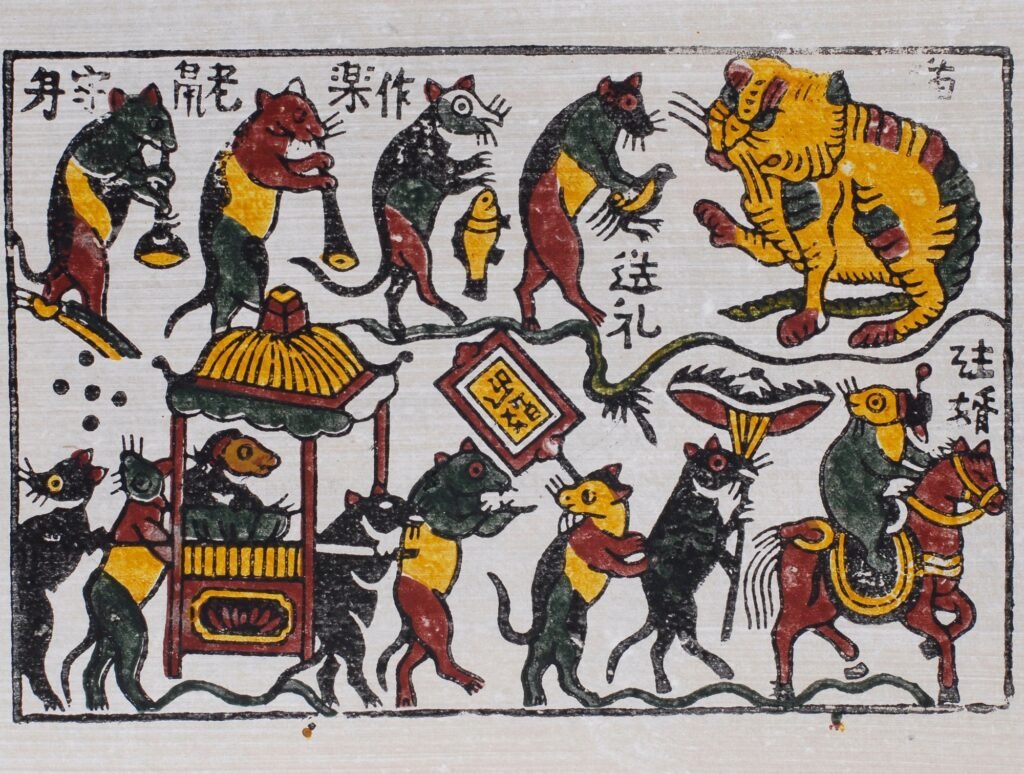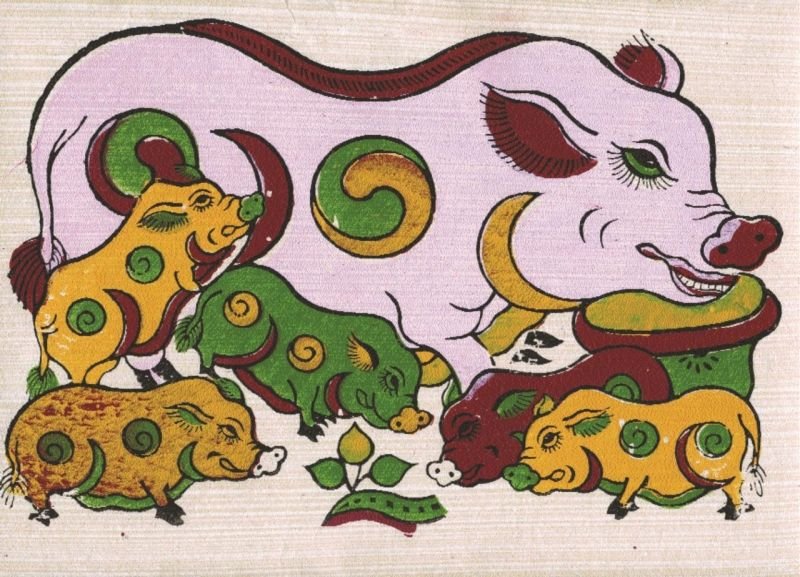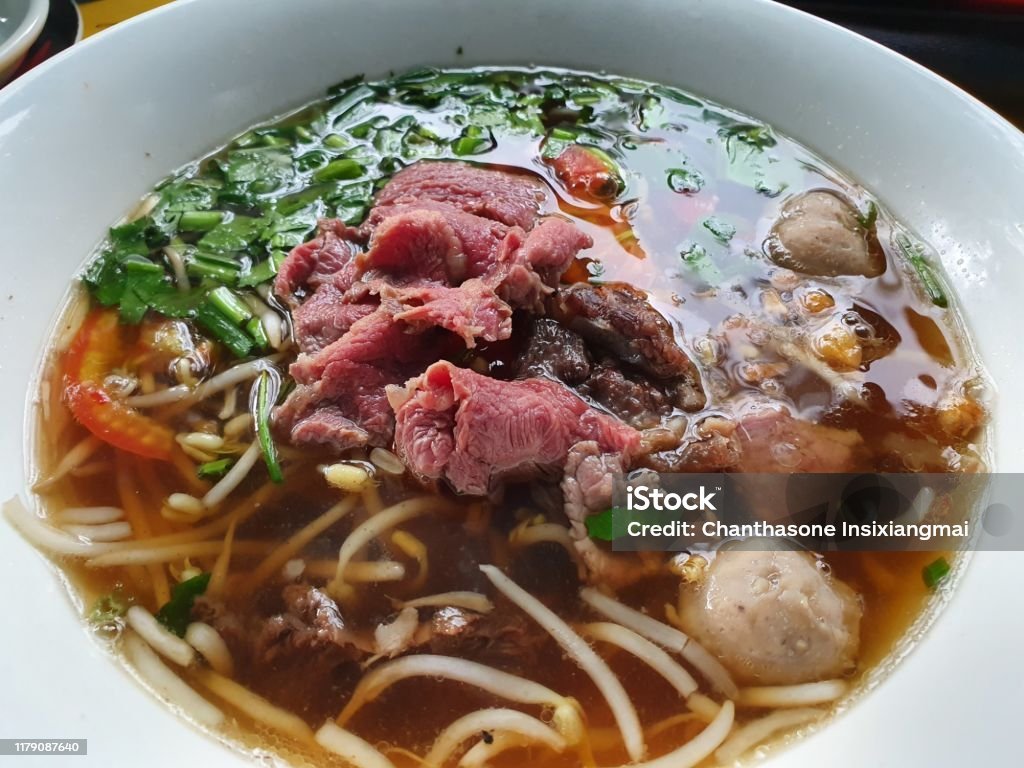
Đông Hồ folk paintings, are a treasured form of Vietnamese folk art that originated from Đông Hồ village in Bắc Ninh Province, northern Vietnam. With their vivid colors, simple yet meaningful depictions of life, and strong ties to Vietnamese culture and tradition, these prints are not only artistic expressions but also serve as historical records of Vietnam’s cultural identity. Over centuries, Đông Hồ paintings have retained their significance, illustrating the everyday lives, beliefs, and values of the Vietnamese people.

Historical Origins and Evolution
The history of Đông Hồ painting dates back to the 17th century, although some speculate it could be even older. Situated along the Đuống River, Đông Hồ village became famous for its unique style of printmaking. The craft was traditionally passed down through generations, with families in the village dedicating themselves to this meticulous art.
Originally, Đông Hồ paintings were an integral part of the Tet holiday (Vietnamese Lunar New Year) celebrations. Families would hang these paintings in their homes, believing they brought good luck, prosperity, and happiness for the year to come. Over time, the art form has expanded beyond its festive significance to become a symbol of Vietnamese folk culture.
Themes and Symbolism
The subjects of Đông Hồ paintings are diverse, often reflecting the peaceful and rustic life of rural Vietnam. Common themes include depictions of everyday village activities, historical events, legends, and mythical creatures. Many pieces also carry moral lessons, with titles such as “Vinh Hoa” (Prosperity) and “Phú Quý” (Wealth) reinforcing the traditional values of hard work, humility, and respect for elders.

For example, one of the most famous Đông Hồ paintings, “Đám cưới chuột” (The Rat’s Wedding), humorously depicts a group of rats preparing gifts to bribe a cat, symbolizing the social hierarchy and power dynamics in traditional Vietnamese society.

Religious themes are also common, with many paintings featuring Buddhist or Taoist symbols, such as the carp swimming upstream, a sign of perseverance and the pursuit of wisdom, or images of deities believed to bless households with luck.
Craftsmanship and Techniques
One of the distinguishing features of Đông Hồ folk paintings is the unique technique employed by artisans. The paintings are traditionally made using natural materials, with every aspect of the process reflecting a deep connection to the environment.
The base of each print is made from giấy điệp, a special paper created from the bark of the do tree, which is ground into a pulp and spread thinly into sheets. These sheets are then coated with crushed seashells to give them a shimmering, reflective quality. The pigments used in the paintings come from natural sources: red from rocks, yellow from flowers, black from bamboo charcoal, and green from indigo leaves.

Artisans create woodblocks for each print, meticulously carving different blocks for each color layer of the painting. The entire process is labor-intensive, as each color must be applied one at a time using the carved woodblocks. The result is a vibrant and textured piece of artwork that conveys both the simplicity and beauty of Vietnamese rural life.

Decline and Revival
In the 20th century, Đông Hồ paintings faced challenges as industrialization and modernization led to the decline of traditional crafts. Mass-produced art and the advent of digital technologies began to overshadow traditional folk art. Many families in Đông Hồ village abandoned the craft due to decreasing demand.
However, in recent decades, there has been a growing interest in preserving and reviving this cultural heritage. Efforts by Vietnamese cultural institutions, artists, and collectors have helped to reintroduce Đông Hồ paintings to a wider audience. Today, they are appreciated not only for their aesthetic value but also for their cultural significance, both in Vietnam and internationally.
Cultural Impact and Legacy
The legacy of Đông Hồ folk paintings extends beyond their aesthetic appeal. These prints serve as an important reminder of Vietnam’s agricultural roots and its people’s connection to nature, spirituality, and community life. They offer insight into traditional Vietnamese beliefs, customs, and social structures while reflecting the values and wisdom passed down through generations.
Today, Đông Hồ paintings are displayed in homes, museums, and art galleries, celebrated for their historical importance and the way they represent the soul of Vietnam’s countryside. As a vital component of Vietnamese cultural heritage, Đông Hồ folk art continues to inspire modern artists and art lovers, ensuring that the craft remains alive for future generations to appreciate.



Conclusion
Tranh dân gian Đông Hồ is more than just a form of art; it is a window into the heart of Vietnam’s cultural heritage. The vibrant scenes, intricate techniques, and profound messages encapsulated in these paintings continue to resonate with people, both locally and globally. In a world that is rapidly changing, Đông Hồ paintings remind us of the timeless beauty of tradition and the enduring power of storytelling through art.






